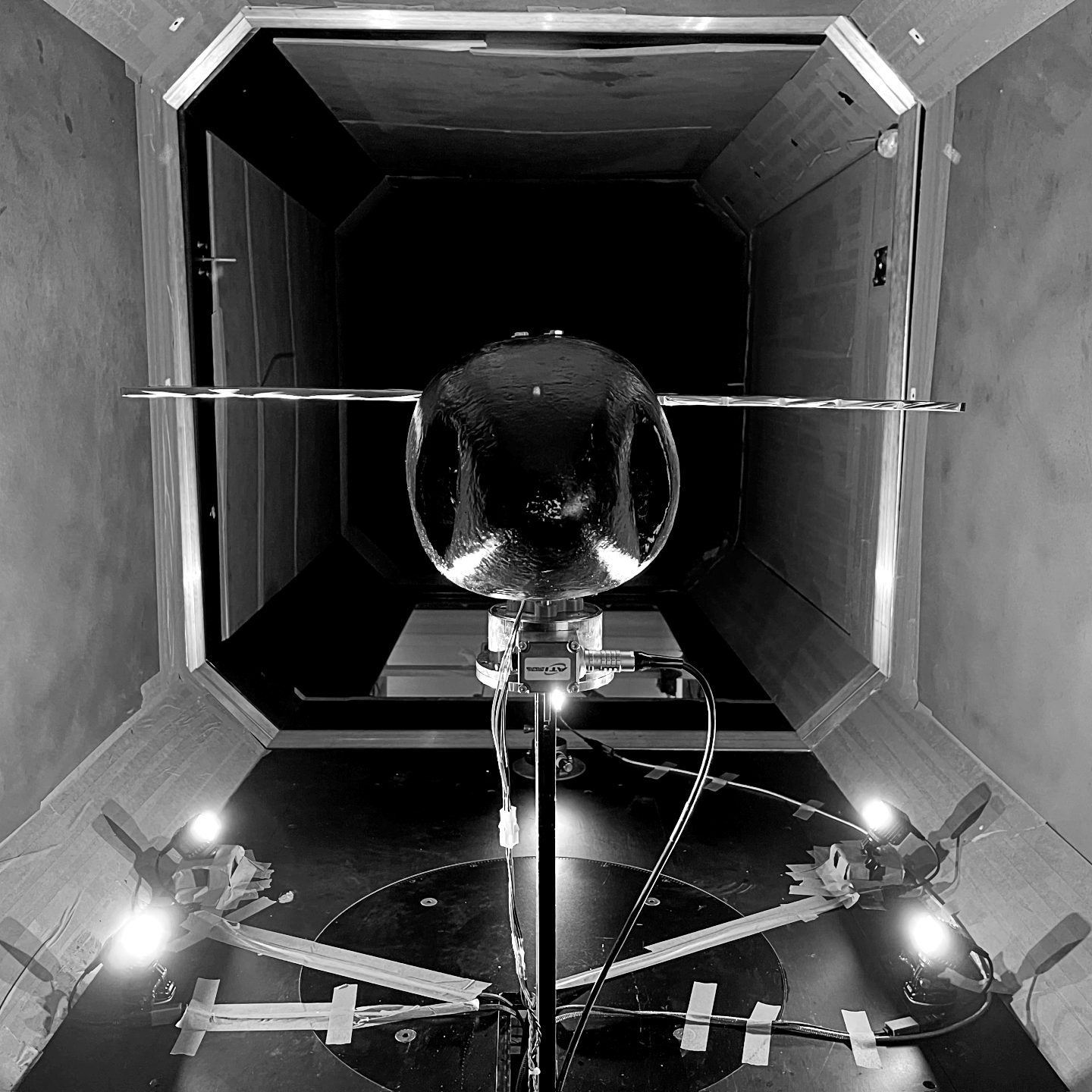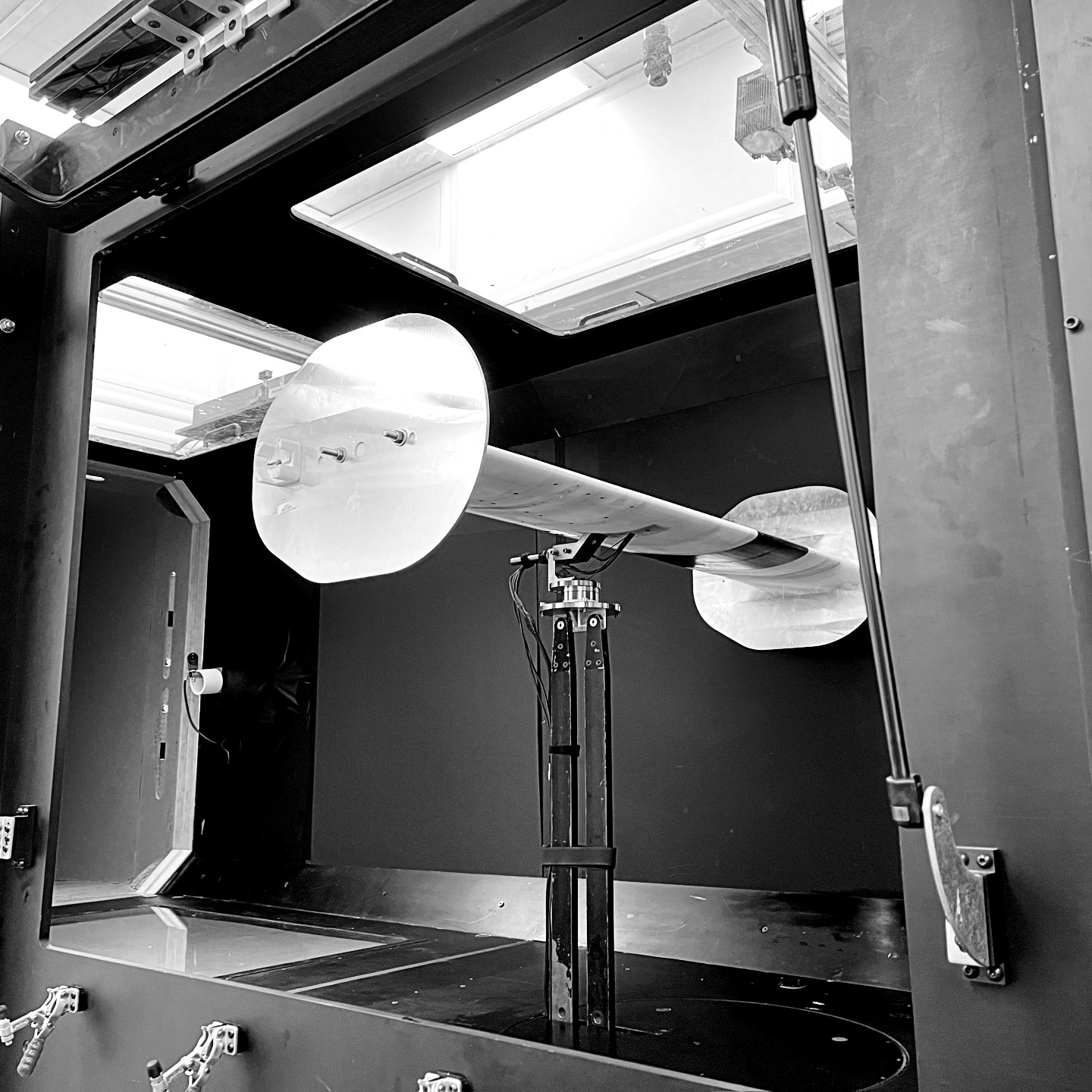During this semester (Fall 2023), my research under Professor Breuer will be focused on an Independent Study on the design and development of an aerodynamics package for an fsae-spec racecar.
Co-Authored Conference Papers 2022 DFD Indianapolis
Z14.00008 : Proportional Aerodynamic Performance Modulation using an Active Gurney Flap on a Wind Turbine Blade Section
Flow control devices can provide promising improvements in wind turbine blade performance by actively modulating the aerodynamic performance of the blade, so that the system can better adapt to varying flow conditions, achieve higher overall efficiency and be more robust to off-design operation. We present wind tunnel measurements using an Active Gurney Flap (AGF) located near the trailing edge of the wind turbine blade on the pressure surface that can be raised and lowered as needed, thus enabling flow control with additional lift, but avoiding the drag penalty when that lift boost is not required. Real-time adjustment of the active gurney flap (AGF) could be used to adaptively modulate the aerodynamic performance according to flow conditions. Lift, drag and pitching moment measurements are reported over a range of Reynolds number from 160,000 to 414,000, angle of attack from -10 to 15 degree and AGF deployment positions from 0 to 135 degrees. We show that the AGF provides proportional control to the aerodynamic performance, and improves the lift and pitch moment performance with an increased lift to drag ratio. The dynamic response of the force coefficients as the AGF is deployed is also discussed.
Learn More
Gurney Flap setup in wind tunnel
1 DOF robotic bat setup in wind tunnel

Q04.00006 : Stability derivatives of a flapping wing-body system
Flapping flight is often aerodynamically unstable. While usually undesirable in human-designed aircraft, birds and bats exploit this instability to achieve agile flight. However, despite its importance to animal flight performance, the stability of flapping-wing systems has not received the same degree of attention as lift and thrust production. Here, we characterize the pitch stability of a flapping-wing robotic testbed in a wind tunnel and report on the cycle-averaged lift, drag, and pitching moment as a function of angle of attack, wind speed, and flapping frequency. Our data show a positive slope of cycle-averaged pitching moment versus angle of attack across a range of Strouhal numbers, confirming that the flapping-wing testbed is statically unstable in pitch. We also show that our experiments are consistent with results from unsteady vortex lattice method simulations. We plan to expand our investigation to yaw and roll stability as well as the effects of the upstroke-to-downstroke ratio on static stability.
Learn More




